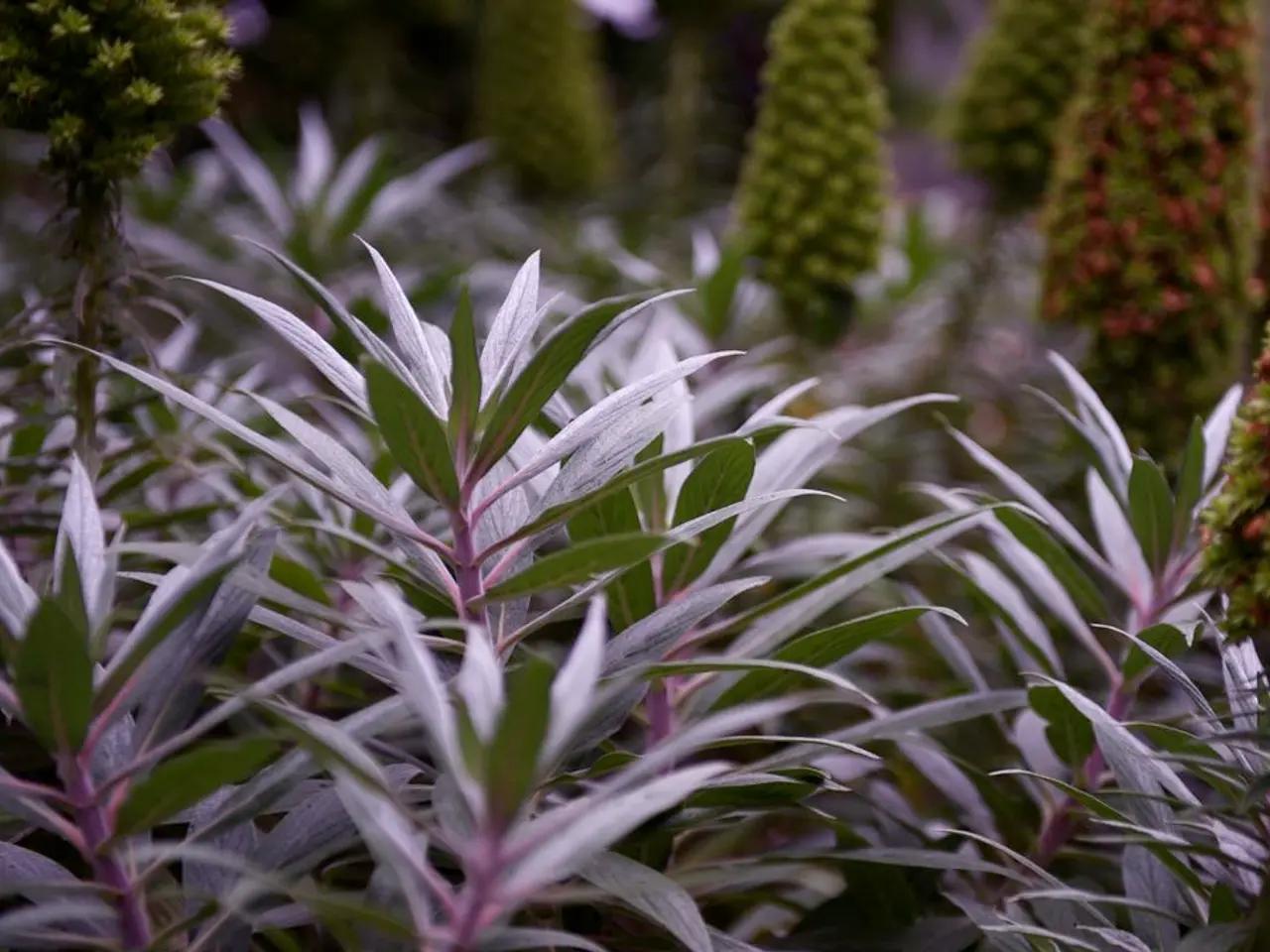Revitalize Your Orchids: Guide for Proper Pruning for Optimal Flowering and Healthier Plants
In the world of orchid cultivation, pruning plays a crucial role in maintaining the health and vitality of these beautiful plants. Here, we provide a detailed guide on how to prune some of the most popular orchid species.
Dendrobium
After blooming, cut back the flower stems to just above a node or to the base if the stem has turned brown and dry. Remove any dead or yellow canes to encourage new growth.
Phalaenopsis
Once the flowers fade, you can prune the flower spike by cutting it back near the base or to a node below the spent flowers to encourage a new spike. Remove any dead or yellow roots or leaves.
Vanda
Prune only dead and dry roots and flower spikes near the base. Vandas generally do not require extensive pruning but consistently remove any damaged parts to maintain health.
Oncidium
Do not prune roots; simply remove the dead flower spike back to the base after blooming. Also remove any dead or unhealthy foliage.
Cattleya
Remove spent flower spikes by cutting them at the base. Trim away any dead or yellow leaves or pseudobulbs to promote healthy growth.
Cymbidium
Cut back flower spikes to the base after blooming. Remove dead leaves and old pseudobulbs as needed. These orchids prefer moist conditions so avoid over-pruning.
General Tips for Orchid Pruning
- Always use sterilized, sharp cutting tools to avoid infections.
- Remove only dead, yellow, or desiccated parts; healthy tissue should not be cut unnecessarily.
- Pruning encourages new growth and better blooms but should be done cautiously to not stress the plant.
Orchids can be either monopodial or sympodial. Monopodial orchids grow vertically and need pruning to stimulate growth, while sympodial orchids grow horizontally and need trimming for the same reasons.
Cattleya orchid flower stalks emerge from a bud sheath and should be cut back to the v-shaped site where the bud sheath and flower spike meet.
Orchids may need pruning at certain times, such as when they enter their dormant period in fall or when they get leggy.
When it comes to tools, the Kings County Tools Ratcheting Hand Pruner and Miracle-Gro Utility Shears are suitable for orchid pruning. Vanda orchids may need pruning to reduce the size of their hanging roots.
Using super-sharp shears or scissors is important for a clean cut on orchids. Phalaenopsis orchids have the spent flower stem removed and cut back to just above the second node or joint on the stem. Oncidium orchids do not need pruning of their roots and only need the dead flower spike removed back to the base. Cymbidium orchids need no specialized pruning and the entire flower stem should be cut back to the base.
When pruning orchid roots, do so at repotting time and only remove dead, damaged, or diseased roots. Aerial roots should not be pruned unless they are damaged. Sterilize your blades with a bleach solution or alcohol before and after use.
Orchids are grown in sterile conditions to minimize disease transfer. Always maintain cleanliness when handling your orchids to ensure their continued health and blooming.
In the realm of lifestyle, home-and-garden enthusiasts can expand their knowledge beyond floral arrangements to include gardening orchids, such as Dendrobium and Phalaenopsis. After blooming, these orchids require careful pruning, with the flower stems cut back to stimulate new growth.
Orchid gardening, when combined with home-and-garden practices, can lead to a more diverse and stunning home lifestyle, while also encouraging healthier orchid plants, like Vanda, which need only dead and damaged parts pruned.







